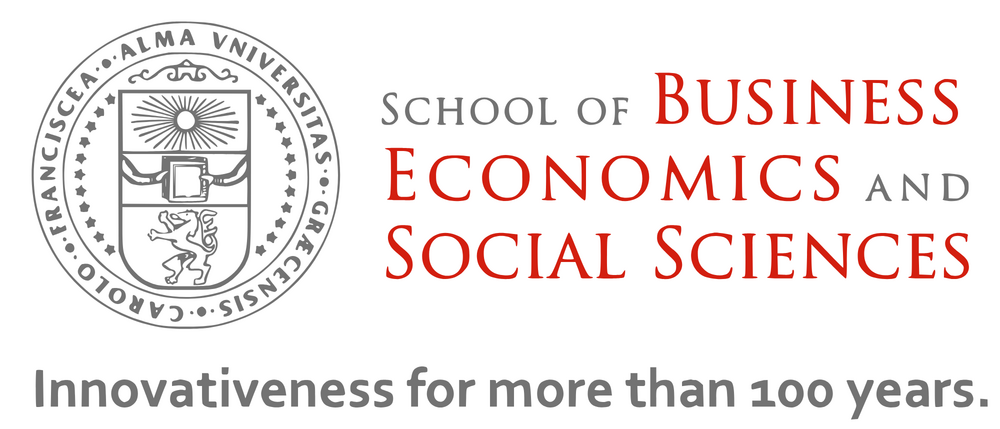Institut für Marketing
Dr. Daniel Kreimer
BSc MSc
DOKTORAT
Institut für Marketing
Betreuer:
Univ.-Prof. Dr. Thomas Foscht
An attachment theory perspective on
customer engagement
The increasing importance of customer engagement for businesses is evident in the recent emergence of roles such as content managers and dedicated ‚directors of customer engagement‘, as well as an increase in Google search queries for the term. It seems that companies are eager to get engagement from customers, however, not all customers may want to build up a relationship and show engagement towards a company. The aim of this dissertation is to enhance the understanding of what makes people engage with and bind to companies, but also what might hinder these processes as well as to provide a view on what makes people adopt a subscription offering from companies, thus entering into a long-term commitment with the company. Both these topics have a strong relational background, with engagement rooting in relationship marketing and subscriptions representing a long-term commitment from customers to companies. This dissertation provides a novel perspective on these ever-emerging topics in Marketing as it is built upon the theoretical background of attachment theory. The essays within this cumulative dissertation introduce this foundational relationship theory to the customer engagement and subscription business literature. Empirically, this dissertation explores the impact of attachment theory on customer engagement at three levels, aiming 1) to investigate the effects of attachment orientations on engagement generally, 2) to provide insights as to what process mechanisms affect customer’s engagement behaviour on social media and what role the attachment orientations might play, and 3) to explain how attachment orientations predict customer adoption of subscription offers. The findings of these essays provide insights into why customers may want or resist forming close ties with companies and how managers can tailor marketing and communication strategies accordingly, using attachment-based customer segmentation.

